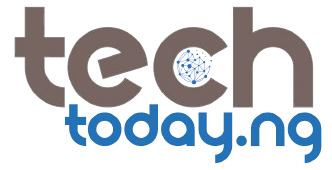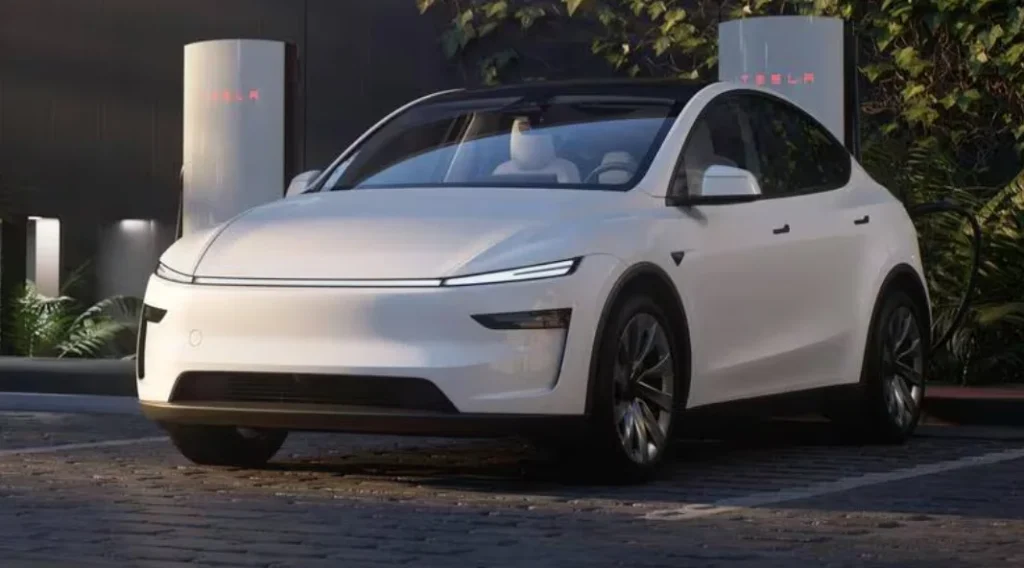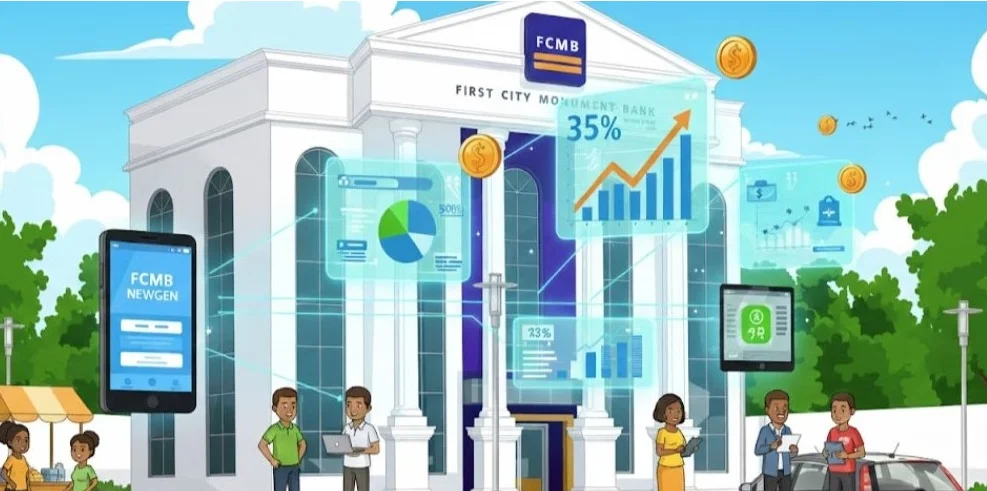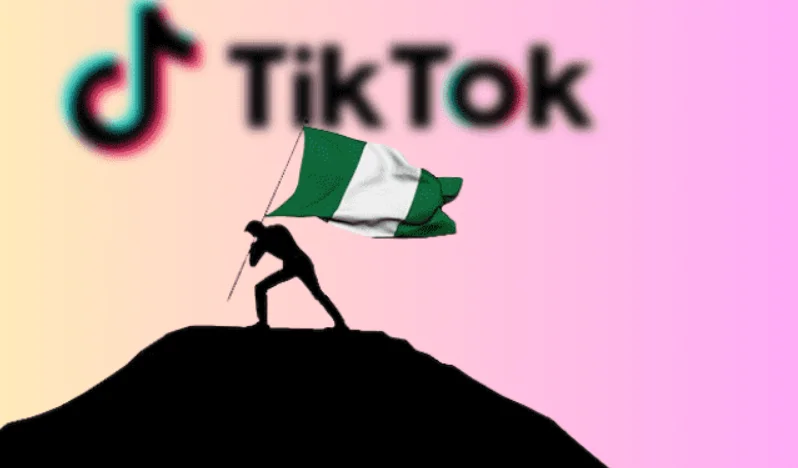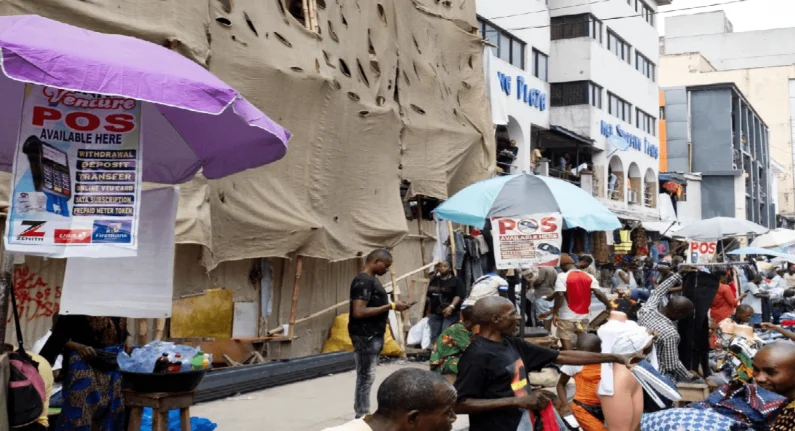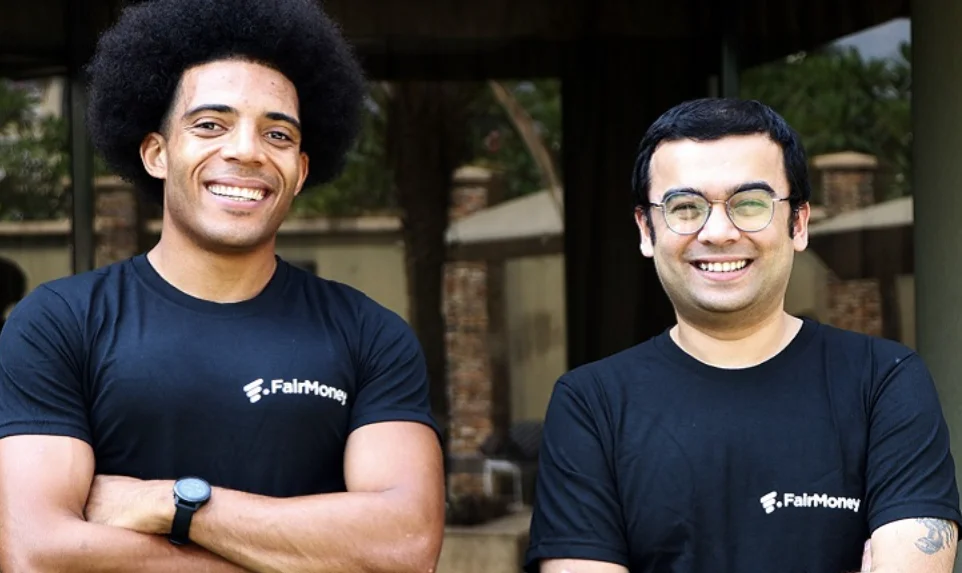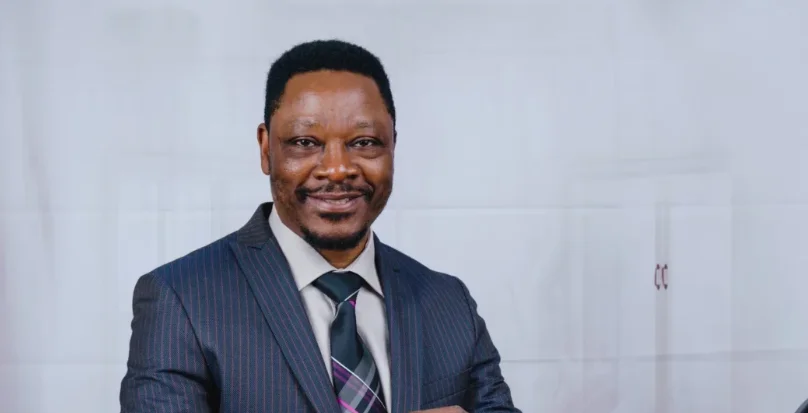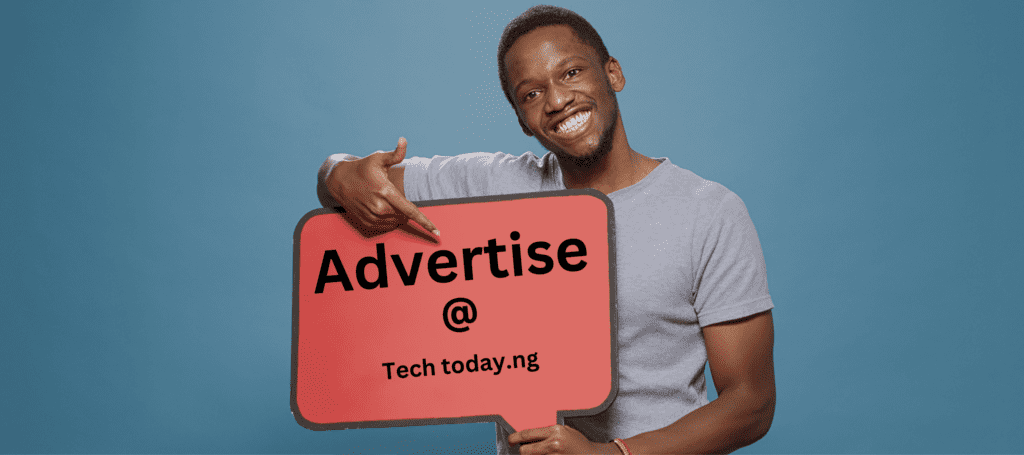Tesla has deployed a small group of self-driving taxis picking up paying passengers in Austin, Texas, marking a significant milestone in the company’s autonomous vehicle journey. CEO Elon Musk announced the “robotaxi launch” on his social media platform X, calling it the “culmination of a decade of hard work.”
Key Features of the Robotaxi Service:
– Autonomous Vehicles: Teslas are operating without human drivers, with front-seat riders acting as “safety monitors.”
– Limited Zone: The trial is taking place in a restricted area, with about 10 vehicles participating.
– Flat Fee: Rides are being offered for a flat fee of $4.20.
– Safety Emphasis: Musk has emphasized the importance of safety, stating that Tesla will be “super paranoid” about robotaxi safety in Austin.
Challenges Ahead:
– Scaling Up: Industry experts say Tesla faces major challenges in delivering on Musk’s promises to scale up quickly in Austin and other cities.
– Regulatory Framework: Texas lawmakers have moved to enact autonomous-vehicle rules, with Governor Greg Abbott signing legislation requiring a state permit to operate self-driving vehicles.
Impact on Tesla’s Stock Value:
– Robotaxi Business: Most of Tesla’s stock value now rests on its ability to deliver robotaxis and humanoid robots, according to industry analysts.
– Market Leader: Tesla is by far the world’s most valuable automaker, with its robotaxi business seen as crucial to its financial future.
Expert Opinion:
– Philip Koopman: A Carnegie Mellon University computer-engineering professor with expertise in autonomous-vehicle technology, Koopman notes that it could take years or decades for Tesla and self-driving rivals to fully develop a robotaxi industry.
